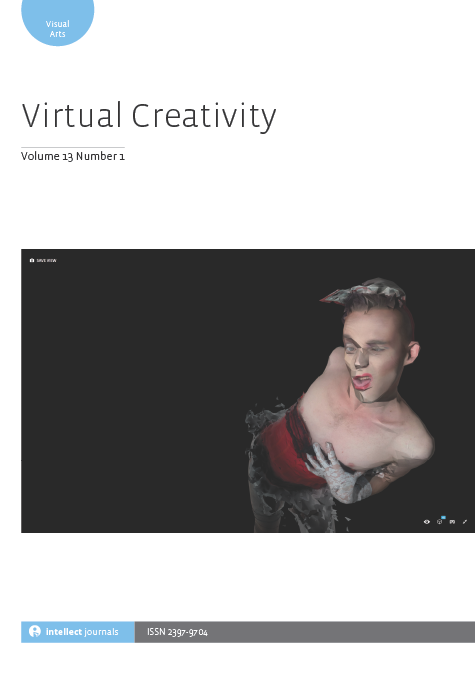
Full text loading...

Drawing on in-depth interviews, as well as digital and real-life participant observation, this article deals with the question of why many people are eager to embody something evil in the context of staged, digital photography – that is, to depict evil creatures and/or evil deeds. After looking at the general fascination for the evil and the way it is staged, the moment of embodiment is considered, a process of specific importance in times of digitalization: during the embodiment, the model can try out the evil quasi as a test without consequence and is able to physically express negative or socially undesired feelings such as not fitting in, disgust or anger and feel empowered while doing so. Furthermore, the resulting photographs offer the possibility to shape and form the evil and thus, to subject it to art, to aestheticize it and to make it presentable and manageable.

Article metrics loading...

Full text loading...
References


Data & Media loading...

Publication Date:
https://doi.org/10.1386/vcr_00066_1 Published content will be available immediately after check-out or when it is released in case of a pre-order. Please make sure to be logged in to see all available purchase options.